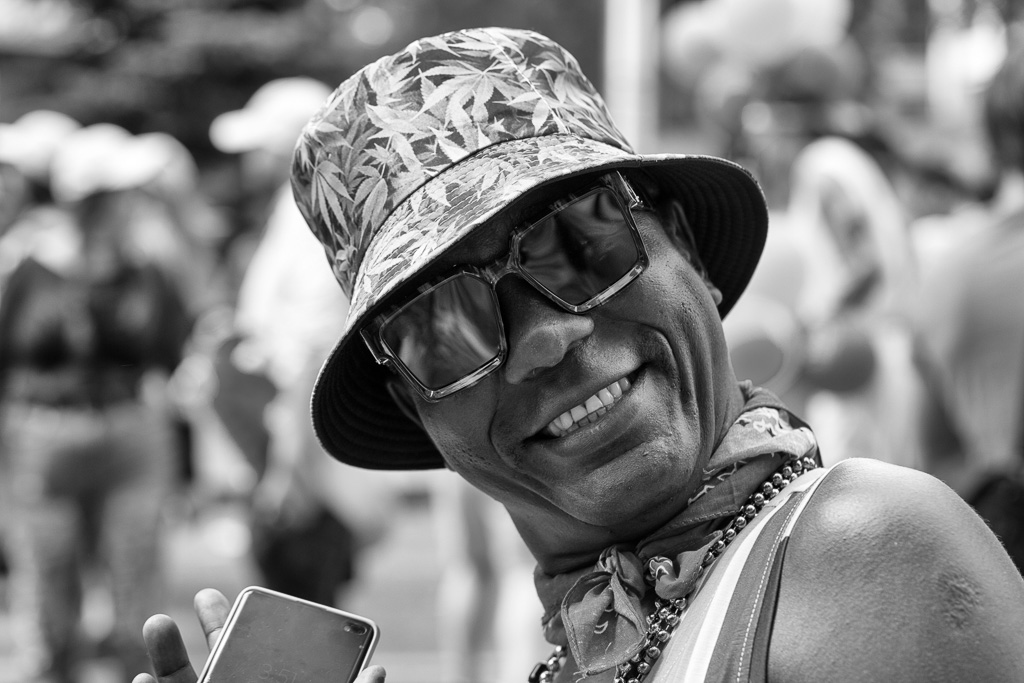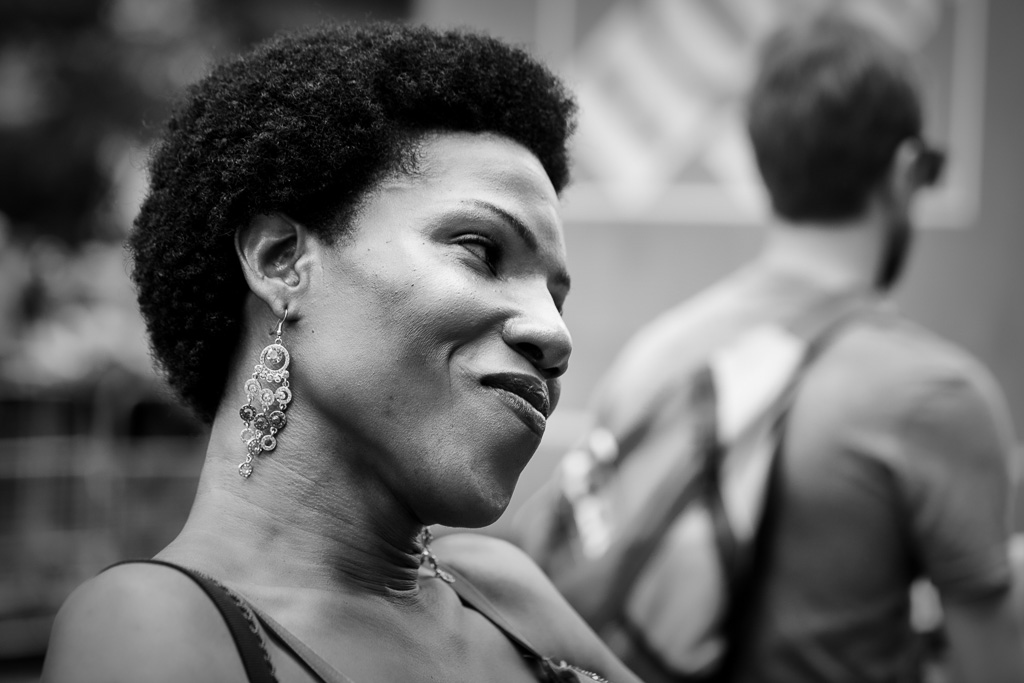I visited my grandma three weeks before she died. Two days after I visited, according to my mom, the old woman drifted into a cognitive fog and never came back. But on the day I visited, a cool Saturday afternoon in April, my grandma was as sharp as grandpa’s fresh stropped razor. She knew her lungs were failing her. She knew her time had come. With her clear blue eyes, she stared at me from her recliner chair and said: “I hope Ethel dies by July.” Those were her last words to me, or at least the last words that made any sense.
Iris and Ethel had been inseparable. That’s what everyone said, though anyone who knew for sure was long dead. They’d grown up on neighbouring farms, played together as infants, went to the same one room school house as children and, when the time came, stood in each other’s wedding party. While everyone said they were two peas in a pod, it was a pretty competitive pod. When their husbands died and it seemed a good idea to move into an assisted living residence, it was Ethel who was first out of the gate, scoring a lovely apartment in the Blessed Garden Seniors Home on Maple Street. Iris followed a few months later, but she got a unit that had an extra bathroom so guests would have their own place to pee. Ethel said she’d rather have the view than an extra pee closet. Ethel was on the fourth floor whereas Iris was only on the third floor. The building was ell-shaped which meant that Ethel could sit on her balcony and gaze sideways down into Iris’s sitting room and track all her guests. The two kept guest books by their front doors and once a week compared notes to see who had the most visitors.
I think that competitive edge explains my grandma’s last words to me. If Ethel lived into July, that would mean she won. She would have lived longer than grandma. They were both 97, which I figure is a remarkable thing, especially when you can hit 97 and still play with all your marbles. But grandma was damned if she’d let Ethel hit 98. She toyed with ideas like poisoned darts and curses, but didn’t have the energy to follow through with any of her plans. When she said she hoped Ethel died by July, she waved a hand up and to the left, indicating the balcony where her friend usually sat and watched.
Three weeks after my visit, mom called and said grandma was fading fast; if I wanted to be there when she went, I’d better scoot. It was a two hour drive and she might be gone before I got there. There’s something about imminent death that heightens the senses. When I arrived, I took in so much more than I usually do. It was the first time I’d noticed that grandma Iris lived in a Christian residence. I stepped out of the elevator onto the third floor and faced a big picture on the opposite wall. I’d always assumed it was a bearded millennial at a local Pride celebration. But no. It was Jesus. The lamb gave it away. You’d never see a lamb at a Pride celebration.
They’d provided one of those roll-away hospital beds with side rails so grandma Iris could die in familiar surroundings. We sat with her in the living room, me on one side of the bed, mom and dad on the other side of the bed. Mostly, she lay with her eyes closed, shallow intermittent breaths, then a long stretch of silence which we spent wondering if she was gone. Then a big gasp and another series of shallow intermittent breaths. Sometimes she opened her blue eyes and stared directly at me. At least I thought she was staring at me until I realized that I was sitting in line with her view out the living room window to the far balcony where Ethel sat watching.
Blessed Garden had provided a nurse to attend to grandma’s care, a millennial with a well trimmed beard. We asked how long, in his experience, it took for someone in grandma’s position to, you know. He shrugged and said it was impossible to say. She might go in a minute. Or she might hang on ‘til midnight.
I said I was hungry. Mom and dad telepathically agreed that they wouldn’t be much good to anybody light-headed and stomachs rumbling, so we left grandma with the nurse and went to an A & W. While we were waiting for a bored teenager to fill our order, mom’s phone rang. Uh huh. Uh huh. Nod. Nod. When she was done with her call, she said: Well, Grandma’s gone. We asked the bored teenager to wrap things up to go and we took our burgers back to Blessed Garden.
With a small tear trailing down his left cheek, the nurse said Missus Iris just stopped breathing, no distress, just a gentle fading. Peaceful. I took my burger and sat in my usual chair. The nurse hadn’t closed grandma’s eyes so she was still gazing past me, on and up to the balcony where Ethel sat. I eased the lids over the milky blue eyeballs, then thought maybe I should use some hand sanitizer before I handled my burger. Mom checked her purse but couldn’t find any and grandma didn’t appear to keep any in easy reach, so I gave my hands a good wipe on my thighs before I pulled my burger out of the bag.
I could tell the nurse was trying to be super sensitive. Probably nurses have a code of professional conduct they’re supposed to follow. He wondered if we’d like him to say a prayer. Maybe ask for Jesus to be present at this difficult time. I stared across the body to my parents, who were both busy with their burgers, and did my best not to laugh out loud.
When July arrived, mom phoned the Blessed Garden Seniors Home and learned that Ethel was still kicking around on her balcony. Mom and dad sent her a big bouquet of spring flowers. I sent her a card. Actually, I bought two cards but I ruined the first one. I wrote: “Congratulations on winning the race!” I decided that was inappropriate, so I threw it out. The card that made it to the mailbox congratulated her on reaching 98 and wished her health and happiness for the year to come.
















